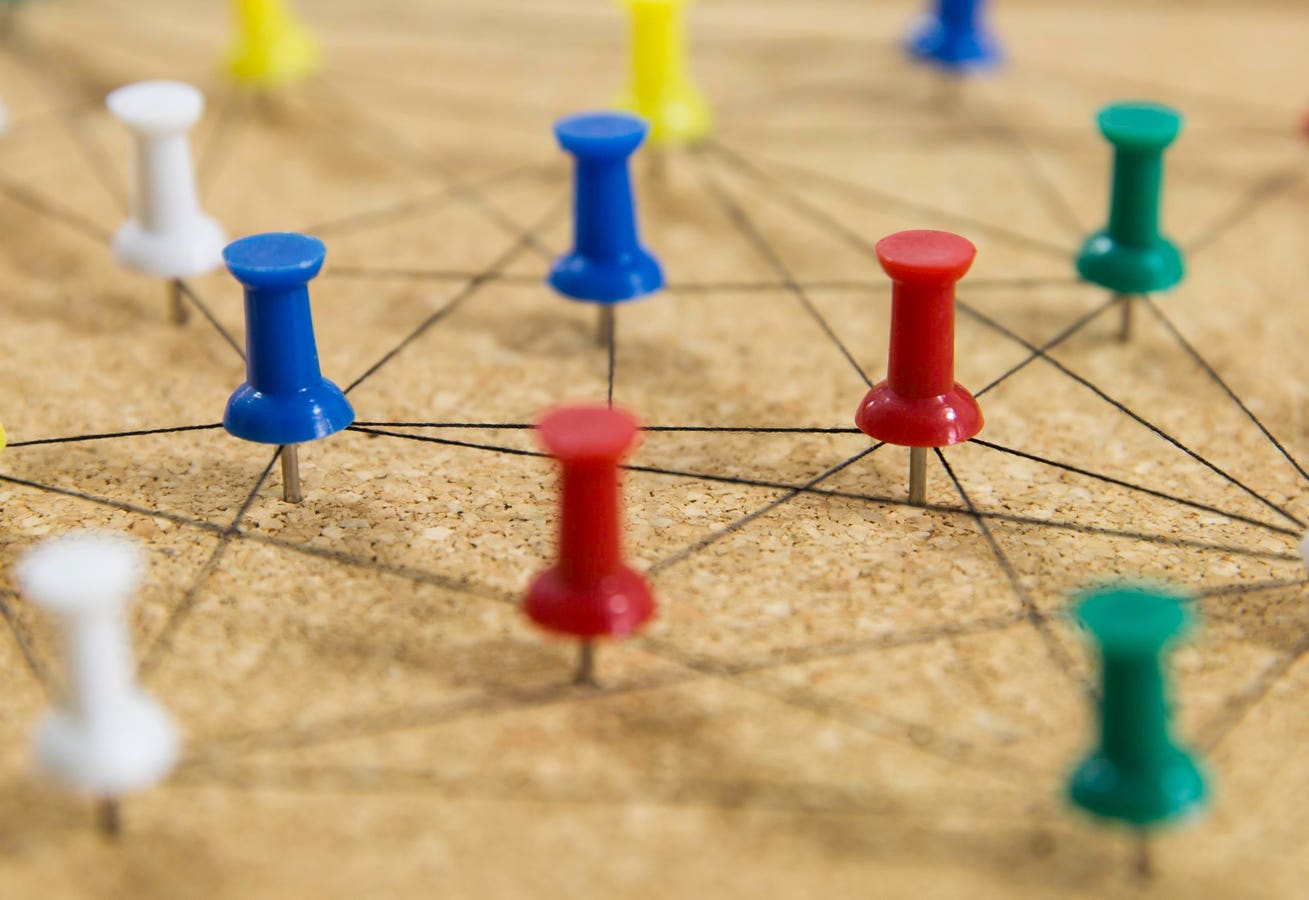NYT Connections Hints: April 24th Clues & Answers – A Deep Dive into the Puzzle
The New York Times' Connections puzzle is a daily brain teaser that challenges players to find the common thread linking seemingly disparate words. On April 24th, the puzzle presented a particularly intriguing set of clues, prompting much discussion and debate amongst solvers. This article will provide a detailed analysis of the April 24th clues, offering potential solutions, strategies for approaching similar puzzles, and insights into the logic behind the NYT Connections game.
The April 24th Clues:
Before diving into the solutions, let's review the clues presented on April 24th. (Note: Specific clues are omitted intentionally to avoid directly providing the answer and encourage reader participation. The reader should refer to their own puzzle for the actual clues.) These clues, presented as a seemingly random collection of words, initially appear unrelated. However, the key to solving the puzzle lies in identifying a connection that might not be immediately obvious.
Understanding the NYT Connections Game Mechanics:
The beauty of the NYT Connections puzzle lies in its simplicity and deceptive complexity. The rules are straightforward: find the single word that connects all the clues. This connecting word might be a synonym, an antonym, a descriptive term, or something else entirely. It demands creative thinking and the ability to see relationships beyond the surface level. Often, the solution requires a shift in perspective, moving beyond the literal meanings of the individual clues to identify a more abstract or conceptual connection.
Strategies for Solving NYT Connections Puzzles:
Solving the NYT Connections puzzle, particularly the more challenging ones, requires a strategic approach. Here are some effective techniques:
- Consider multiple meanings: Words often have multiple definitions, and the answer might lie in an unexpected interpretation. Examine each clue for alternative meanings or connotations.
- Think broadly: Don't limit your thinking to direct relationships. Explore broader connections, including thematic links, shared properties, or historical associations.
- Look for patterns: The NYT often uses subtle patterns in its puzzles. Look for common letters, similar word lengths, or shared origins.
- Use a word association approach: Start with one clue and brainstorm related words or concepts. See if any of these connections extend to the other clues.
- Eliminate possibilities: If a potential connecting word doesn't fit all the clues, discard it and move on to other possibilities. Systematic elimination is crucial.
- Utilize online resources (sparingly): While solving the puzzle independently is the most rewarding, using online thesauruses or dictionaries can help uncover alternative meanings or related terms. However, overuse can detract from the puzzle's challenge.
Analyzing the April 24th Clues: A Step-by-Step Approach
(Again, the specific clues are omitted to preserve the challenge for readers. This section will instead provide a generalized approach.)
Let's hypothetically assume one of the clues is "Ocean". Immediately, you might consider words related to water, marine life, or vastness. However, "Ocean" might also be interpreted metaphorically. It could represent depth, mystery, or even abundance.
Now, let's consider a hypothetical clue like "Mountain". This might lead you to think about height, ruggedness, or challenges. However, like "Ocean," it can be considered metaphorically.
By considering both literal and metaphorical meanings, we can begin to establish a framework for potential connections. Do the clues share a common thematic element? Do they all represent some abstract concept? This process of careful consideration and elimination will gradually narrow down the possibilities.
The key to unlocking the April 24th puzzle, as with any Connections puzzle, is to move beyond the immediate, obvious interpretations and explore the less apparent, more nuanced connections between the words.
The Importance of Context and Word Associations
The NYT Connections puzzle often relies heavily on word association and the ability to see relationships between seemingly unrelated concepts. Consider the following example:
Let's say two hypothetical clues are "Quiet" and "Storm". These seem diametrically opposed. However, the connecting word might be "Eye," referring to the "eye of a storm" which is characterized by its quietude. This demonstrates the need to consider indirect and often surprising associations.
The Role of Etymology and Linguistic Nuances
Understanding the etymology of words can sometimes be beneficial in solving these puzzles. The origin of words often reveals underlying connections that might not be apparent from their modern definitions. This necessitates a certain level of linguistic awareness, a skill cultivated through consistent puzzle-solving.
Beyond the April 24th Puzzle: Improving Your Skills
Regular engagement with the NYT Connections puzzle, and similar word games, is an excellent way to improve your vocabulary, enhance your critical thinking skills, and expand your ability to identify intricate connections.
Here are some tips for improvement:
- Consistent practice: Solving the puzzle daily will sharpen your skills and increase your awareness of word relationships.
- Expand your vocabulary: Reading widely and learning new words will broaden your range of potential connections.
- Analyze past puzzles: Review past NYT Connections puzzles and their solutions to understand the logic and techniques employed.
- Engage in related activities: Try other word games, such as crossword puzzles, to strengthen your word association skills.
Conclusion: The Enduring Appeal of NYT Connections
The NYT Connections puzzle provides a delightful and challenging mental workout. While the April 24th clues, like any complex puzzle, demand considerable thought, careful analysis, and a willingness to consider unconventional connections, the process of unraveling the solution provides immense satisfaction. The puzzle's enduring appeal lies in its simplicity of rules and the complexity of its solutions, constantly testing our cognitive abilities and rewarding us with a sense of accomplishment. Remember to approach the puzzle with patience, creativity, and a systematic approach. Good luck! And let us know in the comments if you were able to solve the puzzle!

